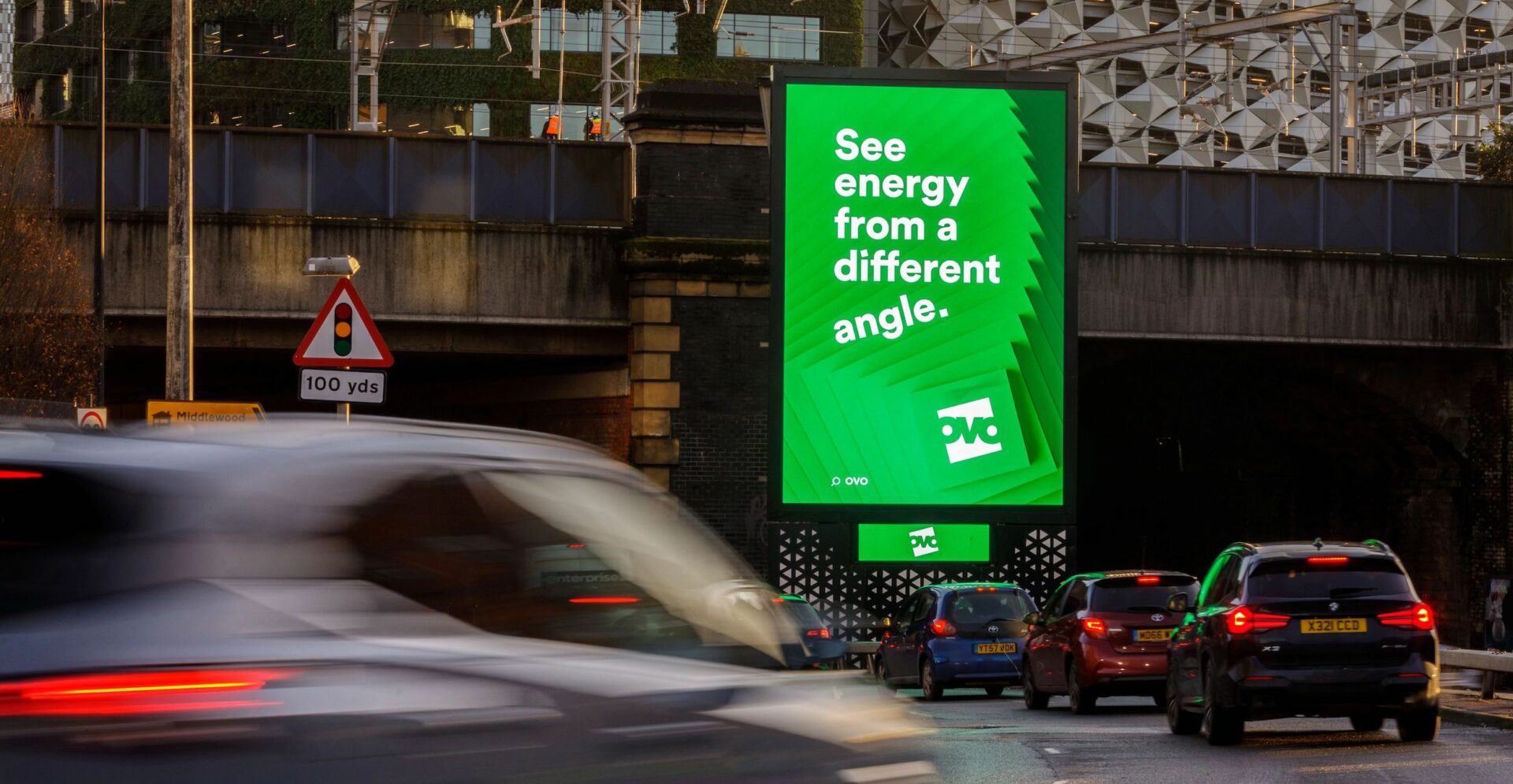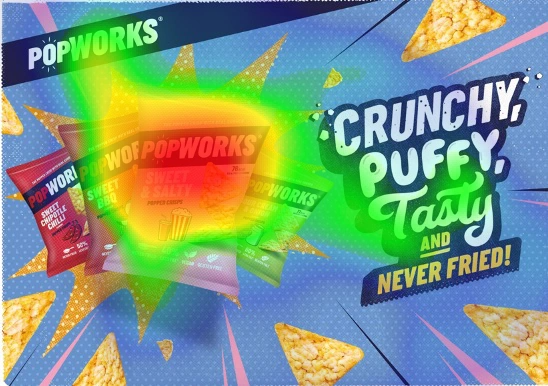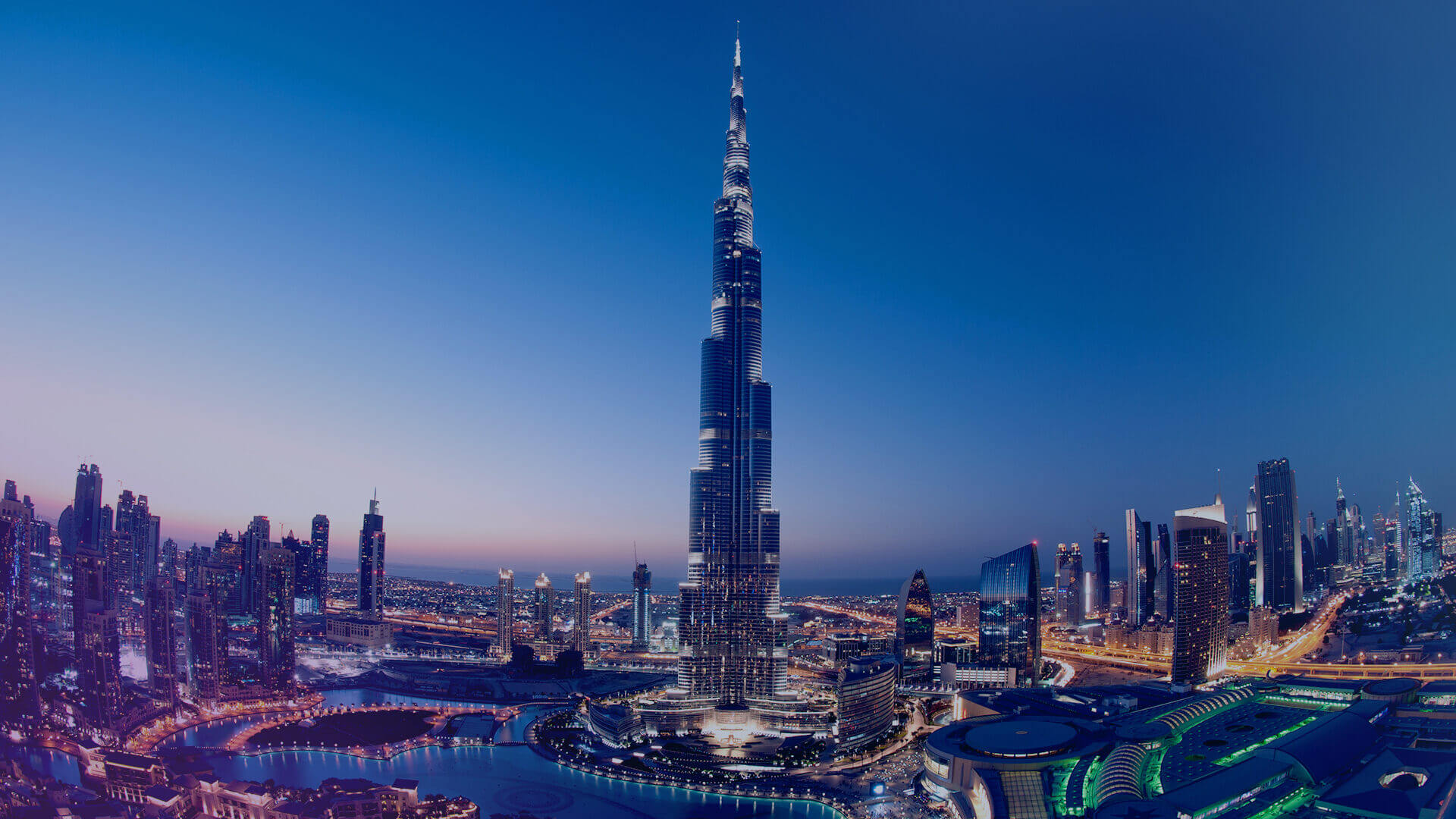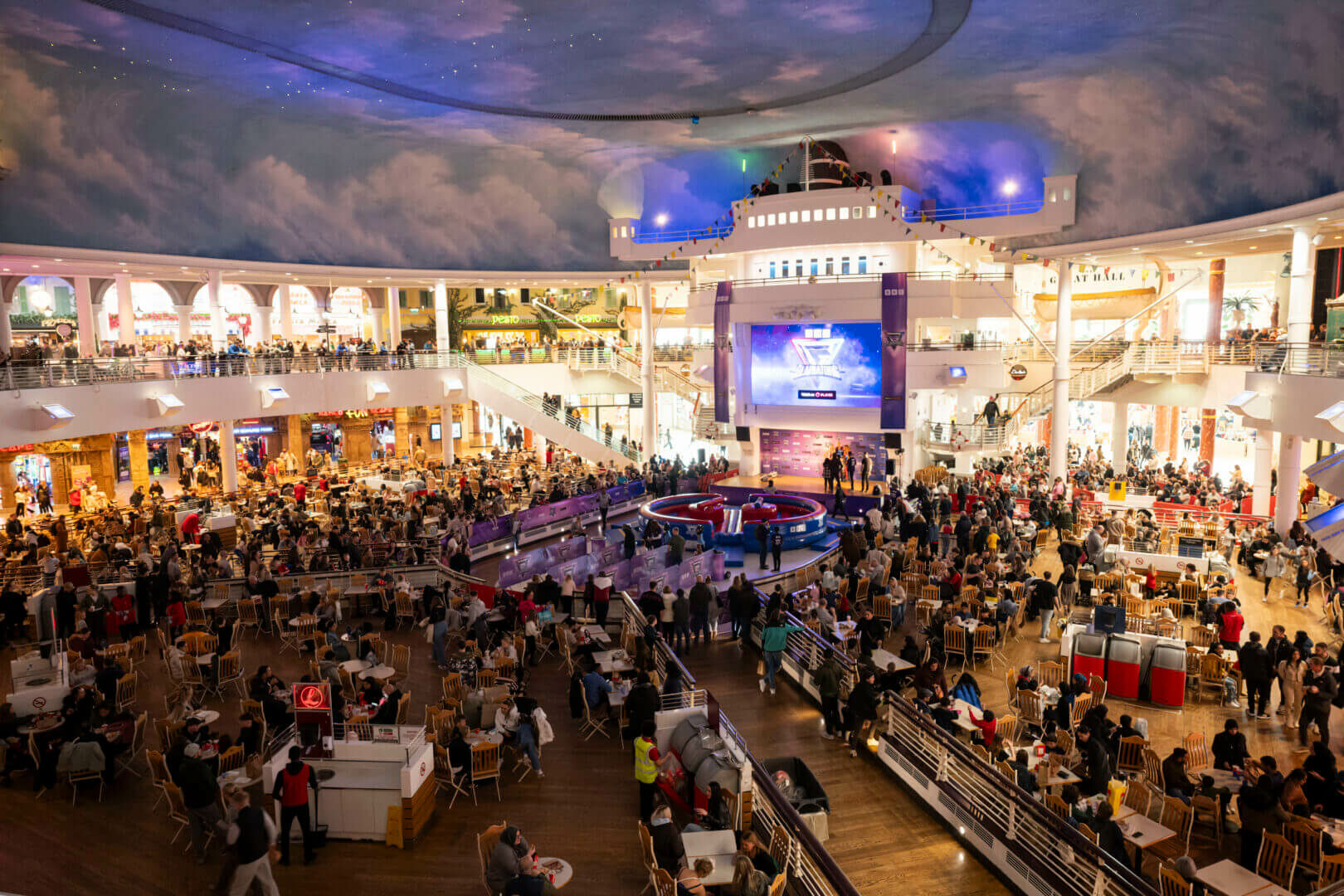CES 2017 through an Out of Home lens
Future Trends: Tech Impact on OOH – Consumer Electronics Insights
As part of our recent internal Innovations Week at Talon we took a moment to review recent events in America. No, not the inauguration of their 45th President but a review of the key outtakes from the Consumer Electronics Show in Las Vegas.
Millions of words will have already been written about the show and we certainly don’t aim to write a million more. However it is interesting to look at the event through the lens of the Out of Home Industry, and assess what trends and technologies may end up impacting our dynamic and exciting industry.
Distilling the hype, we would suggest there are four themes from the show that may have an influence on future OOH advertising.
Self-driving (autonomous) cars were everywhere at CES. All the established manufacturers (and indeed the new upstarts like Tesla and Faraway Future) were showing off their exciting visions for their vehicles. There is no getting away from it – the self-driving car is very much the direction of travel for the industry. McKinsey suggest consumer adoption will begin in 10 years, with autonomous vehicles becoming the primary means of transport 10 years after.
So what might that mean for the 143,000 roadside posters, billboards and digital screens throughout the UK? If in 20 years’ time all passengers are emailing, playing with their children, (sleeping?) how many will still be looking out the windscreen at our OOH ads? In-car advertising might be a future key media battleground, with all available channels simply becoming “locational” and transactional. Radio, mobile, in-car displays and OOH will all serve geo-targeted messaging. It will be interesting to see how OOH media owners and audiences adapt to this in-car revolution.
But autonomous vehicles may also allow for new ways to consume roadside OOH media. An increase in car sharing may increase shared messaging opportunities, driving natural discussion and word of mouth. OOH calls-to-action can be more immediately acted upon. And all these smart cars driving on smart roads will create an abundance of data, allowing for new creative and targeting opportunities on digital OOH formats.
Back in Las Vegas, it was exciting to see the continued investment in screen technology. Manufacturers are now developing super thin screens (LG’s 4k OLED screen at less than 3mm thick was a standout star) which in turn are more flexible and malleable. This suggests a future where we will embed these thin and flexible screens into our homes, retail spaces, architecture and OOH installations to create incredibly vivid, bespoke and eye-catching environments.
Transparent OLED screens have been around for a few years, but as the quality of these transparent displays is increasing their cost is falling. Incorporating these into OOH display units will create incredibly dynamic installations, with the ability of overlaying digital content over real product demonstrations. We expect to see much more of this technique in the very near future.
Haptic feedback within devices has up to now been pretty limited to simple vibration – a buzz in a Wii handset as you hit a tennis ball, a brap-brap-brap of a PS4 controller as you fire a gun, a tap in your iPhone as you push into the screen. Several companies are looking to improve upon this, with haptic technology becoming an increasingly competitive space. At CES Tanvas’ experimental screen allowed the user to “feel” different materials through a digital screen using electromagnetic technology. This has potentially very exciting applications for digital OOH and bespoke OOH Experiences.
The fracturing of reality continues apace. Oculus first demoed their Virtual Reality headset the Rift at CES 2013 to enormous fanfare. But in 2017 we have headsets specialising in Augmented Reality, Mixed Reality, Blended Reality….
Haptic technology is also being introduced into these realities to increase the feeling of “presence”. Our particular favourite is the Cerevo shoes that bring haptic technology to your feet. Fancy enjoying a VR experience walking along a beach at a holiday destination? With these shows you could feel the sand between your toes…
And do we need to write any words about the new Samsung VR rollercoaster simulator?
We are firm believers that these VR and MR technologies offer incredible potential for immersive, emotional and memorable OOH Experiences. Content creation for these formats continues to remain a logistical and budgetary hurdle, but again this will be overcome in time in the same way that the creation of digital video content is now straightforward.
And finally you couldn’t escape the growing power of voice. Amazon ‘s voice recognition platform Alexa was seemingly everywhere. Manufacturers of cars, household goods, and even plugs have quickly adopted Alexa as their native voice recognition platform. She was seemingly ubiquitous.
It is argued that we will move away from touch and towards voice as our interaction channel of choice. Whilst this might be become true in private inside the home, we are unsure if people will behave the same way in public outside. How does this video of Xapp Media’s vision of voice responsive ads make you feel? Queasy? Us too.
However as our behaviours evolve it is upon us in the industry to adapt accordingly. We could see a future where people are comfortable using their voice to respond to OOH ads but only in certain moments. This karaoke campaign in Brazil and awesome voice-responsive OOH sports quiz shows that people will engage in public displays of expression if the experience interests them. Alternatively people may become more comfortable interacting with large DOOH screens by speaking into their own phones (in a similar way to the recent Harry Potter spell casting trick Google pulled in Android) which makes for interesting OOH experiences.
It has been proven that the rate of technological change is not linear, but is exponential. The adoption of future technologies and behaviours will be upon us faster than we imagine. It will be a challenge for all media channels to keep up with this change, but OOH is well placed to benefit from it.




